Nikon D7000 review
The 16.2-megapixel Nikon D7000 offers full Hd video capture and auto focusing

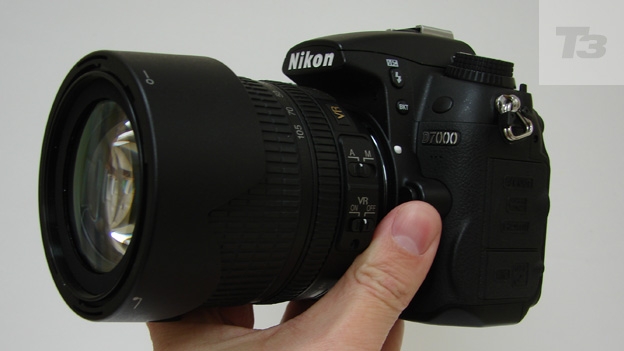
-
+
Feature-packed
-
+
Robustly built
-
+
Long battery life
-
-
Pricey
-
-
Bulky
-
-
LCD not angle adjustable
Why you can trust T3


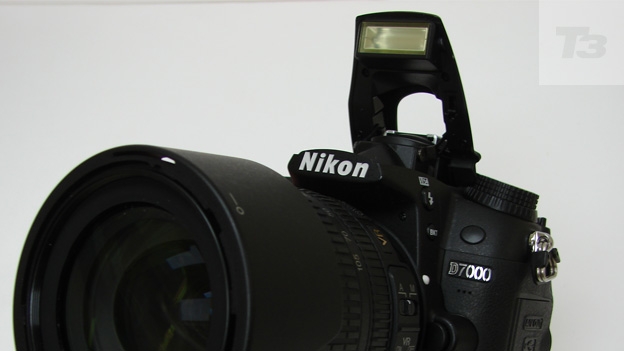
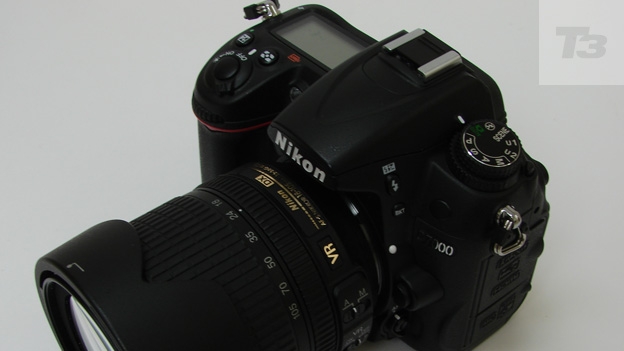
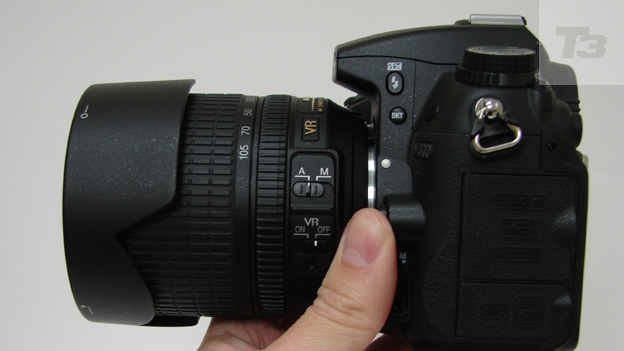
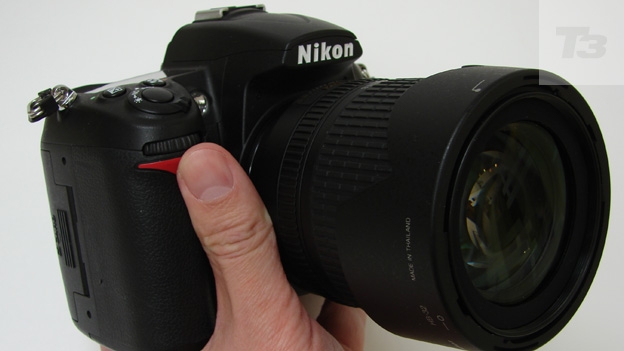
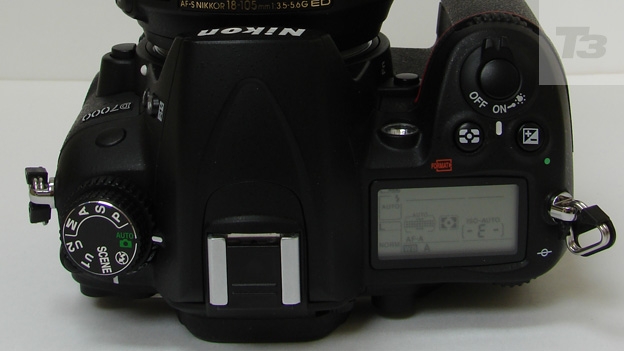
The Nikon D7000 was the enthusiasts' camera of choice prior to the announcement of the 36-megapixel Nikon D800. Does it have the necessary firepower?
Until the recent launch of the pro-level Nikon D4 and D800 digital SLRs (DSLRs), the D7000 was the camera you went for if you wanted to shoot Full HD 1920x1080 pixels video on the Nikon system.
That also meant eschewing the likes of the Canon EOS-7D and 5D, offering the same physically sized APS-C sensor.
Like its rivals the D7000 has a solid-feel magnesium alloy body that's has the benefit of being dust and moisture resistant, plus shoehorns in plenty of bells and whistles as far as stills shooting is concerned.
Furthermore, since the introduction of the D4 and D800 – £5,000 and £2,500 respectively – the 16.2 megapixel D7000 now resembles good value at a suggested £1299. That includes body plus image-stabilised 18-105mm lens.
Though not inexpensive, it now resembles a good buy if you don't need the almost ridiculously high 36 million pixel resolution of the D800.
Admittedly that's still a little pricey for anyone trading up from a pocket camera for the first time, so the most receptive customer for the D7000 is probably someone who has already owned but outgrown an entry-level Nikon DSLR, say the D3100 or D5100, and wants to step up to the next semi-professional level.
Nikon D7000: Controls
The rugged D7000 certainly looks the part and offers plenty of scope for photographers wishing to test their skill set and get more hands on.
Nikon provided us with the D7000 kit that includes the standard 18-105mm VR (Vibration Reduction) zoom, as detailed above, which screws onto the vacant Nikon F-mount at the front.
Displaying its semi pro credentials the D7000 features dual top and back plate LCD displays.
These very usefully provide at-a-glance views of key settings, while there are also front-and-back command wheels for scrolling through settings in a thrice, a clearly marked and reassuringly chunky shooting mode dial, plus dedicated buttons for swapping exposure and metering settings – all falling readily beneath fingertip or thumb.
Nikon D7000: Screen
As with any traditional DSLR, here there's the choice of framing images using the large and clear eye-level optical viewfinder, or the bigger back plate LCD monitor ranged below – as one would on any compact camera.
This 3-inch, high 920k dot resolution screen has to be manually activated to allow it be used for composing shots, not just reviewing them.
This is achieved with a flick of the provided 'LV' (Live View) lever, the same switch encircling a record button that captures video at 1920x1080 pixels, and at a standard frame rate of 24fps.
Get all the latest news, reviews, deals and buying guides on gorgeous tech, home and active products from the T3 experts
The control positioning is handy, as you need the screen activated for video capture in the first place. The rear plate LCD here is fixed, rather than angle adjustable.
The latter, as found on the likes of the Sony A65 would have been particularly handy for more creative high or low-angle video use, but it's not a deal breaker.
As mentioned earlier, the Nikon D7000 also offers a smaller top plate LCD. You can't compose or review images on this – it's purely a means of adjusting key settings on the fly without having to delve into menu screens on the larger LCD. In which respect it acts as a useful time saver, even if you're just checking the number of shots remaining.
Nikon D7000: Battery
The Nikon D7000 comes bundled with an EN-EL15 lithium ion rechargeable battery and mains charger supplied in the box, the power pack slotting into the base of the camera's curved handgrip.
Unusually, this isn't shared with the dual SD card slots – those are given a location to one side. So, if you are using the D7000 on a tripod, there is no need to unscrew it every time you want to retrieve a card.
A battery life of just over 1,000 shots means that the D7000 will be hard to exhaust even when out in the field.
Nikon D7000: Image quality
As with any interchangeable lens camera, the quality of shots and video achievable with the D7000 is as much dictated by the lens in use as the camera's sensor.
Here we were using the bundled 18-105mm kit zoom, which proved a good all-encompassing starter option, so a sound choice for anyone who doesn't already own a set of optics.
To be picky, we did notice barrel distortion at maximum wideangle setting and occasional over exposed highlights but mostly images and video are sharp and colours natural, thanks in part to on-board tracking auto focus and 39 AF points spread throughout the frame.
This meant that even if our subject wasn't dead centre, it could still be rendered sharply.
Captured images are written to dual SD media card slots, and for those looking to shoot in low light without the aid of flash, then a maximum ISO25600 light sensitivity is offered.
If you're more serious about video and you do want better sound for video than the camera's own in-built microphone, then the D7000 allows the attachment of an external ME-1 stereo microphone, though of course this is at additional cost.
Nikon D7000: Verdict
Challenging the perception that latest is always best, the 16.2 megapixel D7000 remains a fantastic step up camera for those who have outgrown entry level digital SLRs, indeed for anyone wanting to upgrade from older mid-range models.
While the price, size and feature set indicate a camera that is not a beginner's model, as this Nikon has been out a little while now we did manage to find decent value street prices in the region of £1039.99 with the kit lens as reviewed.
If you're not a pro photographer and therefore don't need a full frame sensor nor mega high pixel count, but still want to push your skill set forward nevertheless, then the moisture and dust resistant aluminium alloy bodied D7000 is literally hard to knock.
Nikon D7000 availability: Available now
Nikon D7000 price: £1299 with 18-105mm zoom lens

Gavin Stoker has been writing about photography and technology for the past 20 years. He currently edits the trade magazine British Photographic Industry News - BPI News for short - which is a member of TIPA, the international Technical Imaging Press Association.